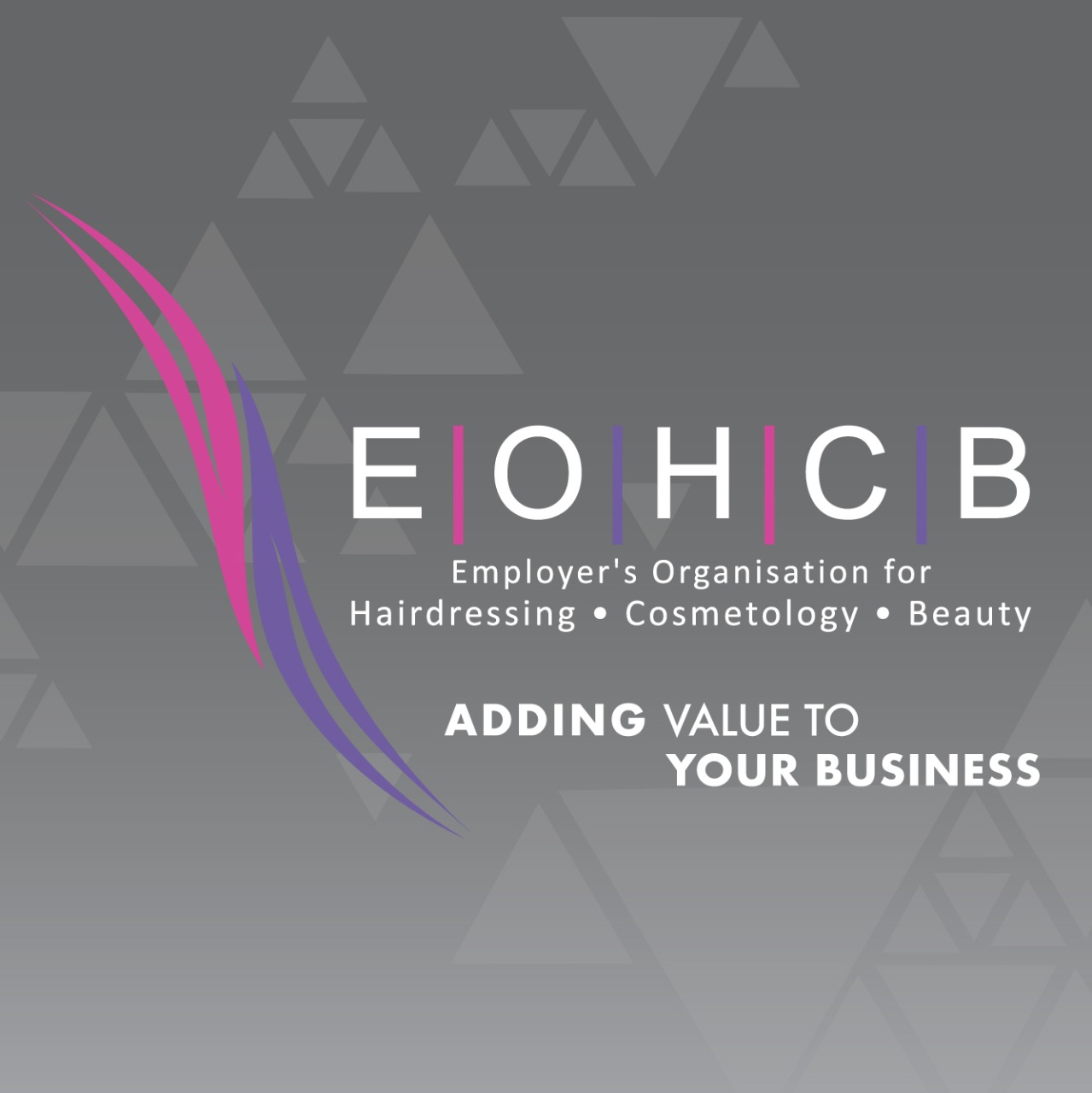MANAGING THE PROFESSIONAL USE OF EMOJI'S IN THE WORKPLACE
- EOHCB National

- Sep 18
- 3 min read

Part 2 of 2
Following Part 1, which highlighted the risks associated with emoji use in professional communication, this article provides practical guidance for employers and employees in the hair and beauty industry. It focuses on actionable steps to implement enforceable communication policies and addresses the misuse of emojis using established workplace tools, such as consultations, formal warnings, and disciplinary procedures.
Developing Enforceable Policies
Employers in the hair and beauty sector must ensure workplace policies on digital communication are clear, practical, and enforceable. Key considerations include:
Policy framework: Integrate emoji usage into the company’s Digital Communication Policy, Code of Conduct, or Social Media Policy.
Definitions: Clearly define acceptable and unacceptable emoji use with industry-relevant examples. For instance, a simple smiley face may be acceptable in team chats, while suggestive or offensive emojis directed at colleagues or clients are prohibited.
Consistency: Apply rules uniformly to all staff, including therapists, stylists, managers, and support personnel.
Alignment with workplace tools: Ensure policies complement existing HR frameworks, staff handbooks, and operational systems.
Implementing the Policy
For policies to be effective, they must be introduced and maintained thoughtfully:
Consultation: Involve employees in the policy introduction. Encourage questions and feedback to foster understanding and commitment.
Training tools: Incorporate communication standards, including proper emoji use, into onboarding and ongoing training sessions. Use case studies and role-play scenarios relevant to the hair and beauty industry.
Acknowledgment forms: Require employees to formally confirm receipt and understanding of the policy.
Accessibility: Ensure policies are easily accessible via staff handbooks, intranet platforms, or notice boards.
Addressing Misuse Through Workplace Tools
When inappropriate emoji use occurs, employers must act fairly, consistently, and within established HR frameworks:
Consultations: For minor or first-time incidents, discuss the issue with the employee, provide guidance, and explain the risks of repeated misconduct.
Warnings: If the behaviour continues or is more serious, issue a formal written warning, documented in the employee’s file.
Disciplinary procedures: For repeated or serious misconduct, such as harassment, discrimination, or behaviour damaging to the business’s reputation, convene a disciplinary hearing following due process.
Documentation tools: Use HR templates or consult your EOHCB representative to ensure accurate records of consultations, warnings, and disciplinary proceedings, supporting consistency, transparency, and procedural fairness.
Examples of Misuse
Harassment: Sending sexually suggestive emojis to colleagues or clients.
Discrimination: Using emojis to mock or stereotype a co-worker’s background or appearance.
Unprofessional conduct: Overusing emojis in formal client communication, creating an unprofessional impression.
Insubordination: Responding to managerial instructions with dismissive or inappropriate emoji reactions.
Monitoring and Investigation Tools
Communication logs: Preserve chats, emails, or text messages containing emojis relevant to a complaint or investigation.
Evidence management: Maintain secure records and follow proper HR evidence-gathering protocols.
Context review: Assess emojis within the full conversation to avoid misinterpretation.
Chain of custody: Document how evidence was collected, stored, and reviewed.
Promoting Professional Digital Conduct
Employers should actively promote a culture of respect and professionalism:
Awareness campaigns: Use staff meetings, posters, and internal communications to reinforce digital professionalism standards.
Manager guidance: Provide managers with scripts, guidance notes, and FAQs to address issues consistently and confidently.
Feedback channels: Offer confidential reporting tools or HR contacts for staff concerns.
Workplace instruments such as clearly defined policies, structured consultation processes, and fair disciplinary procedures are essential in addressing emoji misuse in professional communication. For employers and employees in the hair and beauty industry, consistent application of these measures protects the business’s reputation, ensures compliance with legislative obligations, and fosters a respectful, professional workplace culture.
By embedding these practices into daily operations, the industry reinforces its commitment to excellence while upholding the highest standards of service and professionalism.
Part 1 of 2 - https://www.eohcb.co.za/post/the-use-of-emojis-in-the-workplace-a-growing-concern-for-professional-modern-communication

